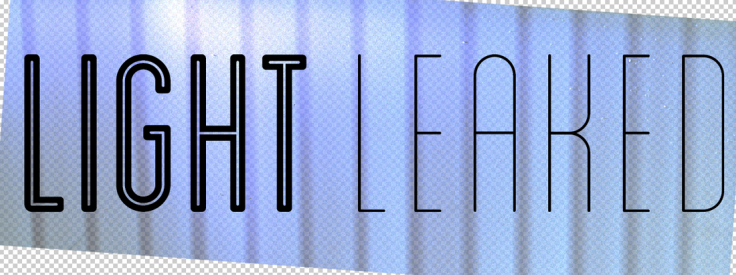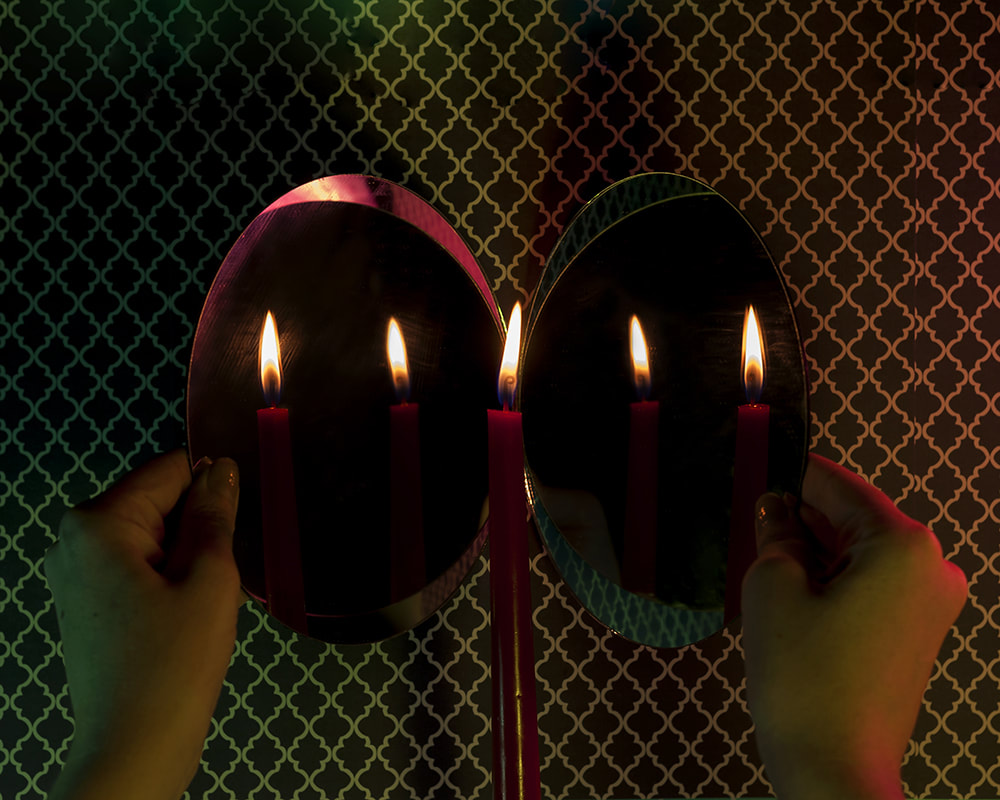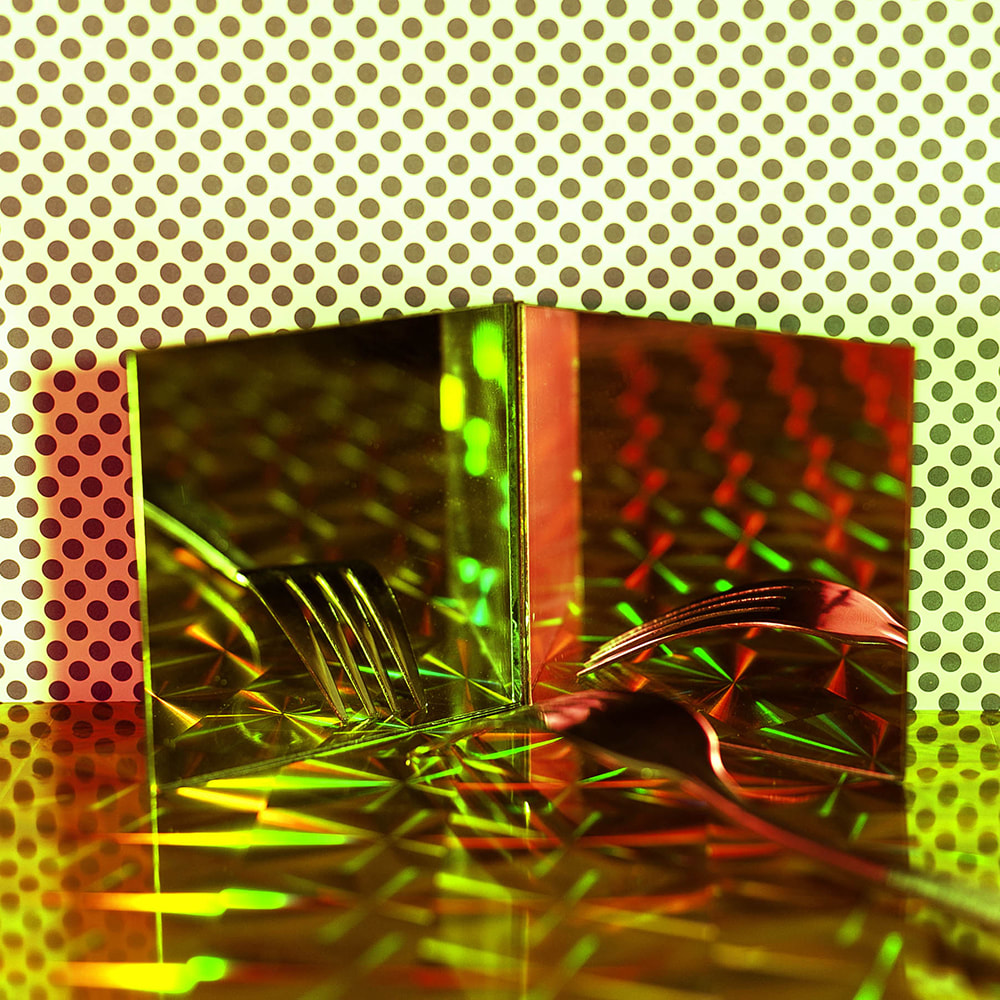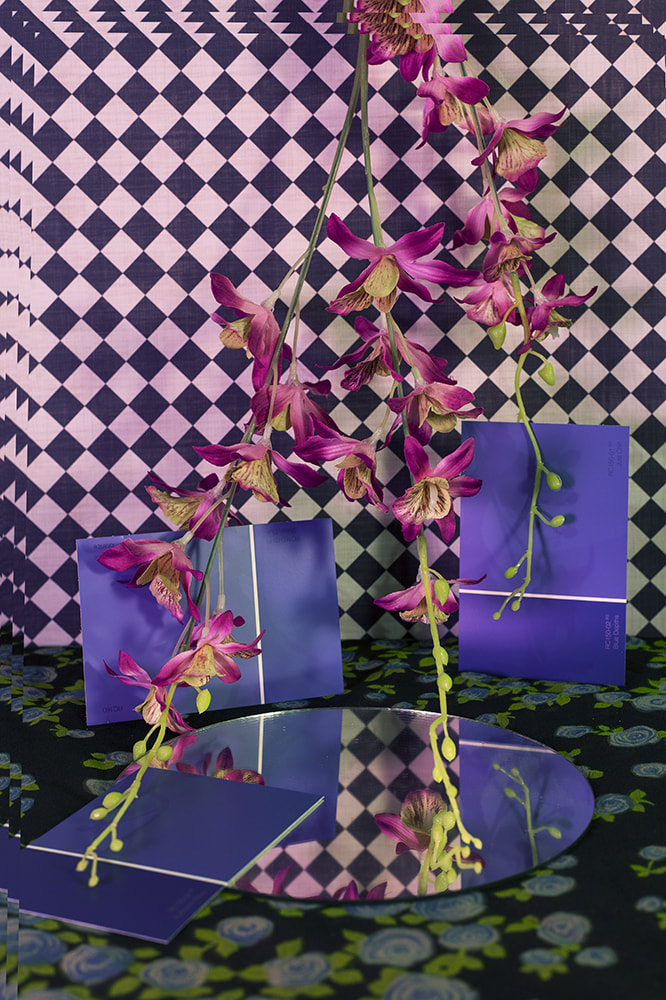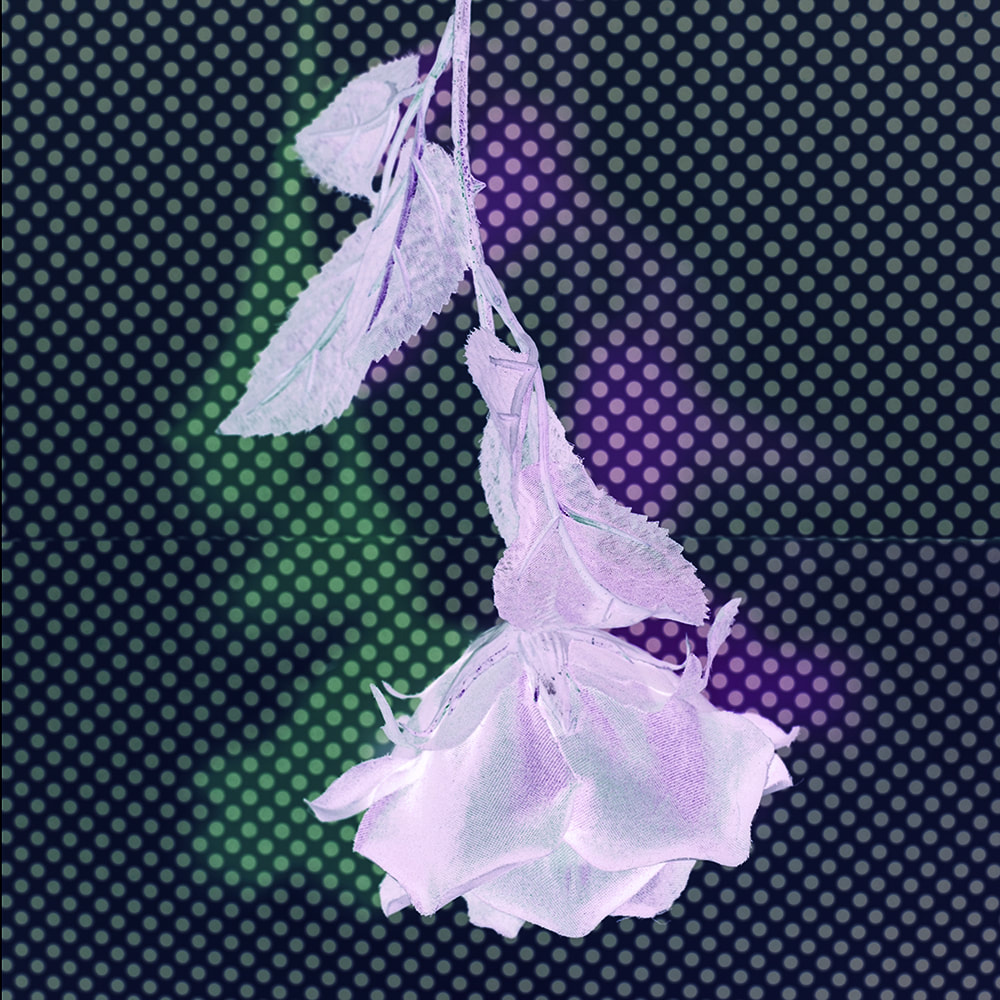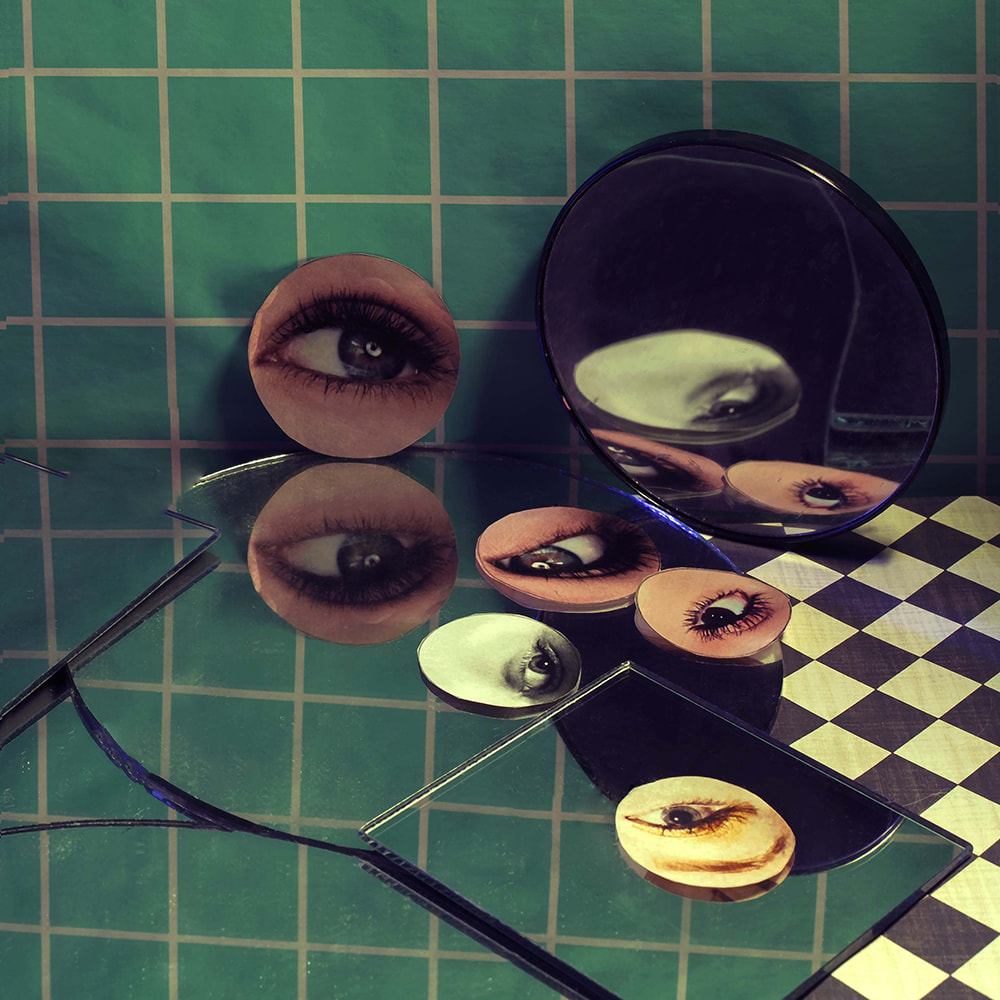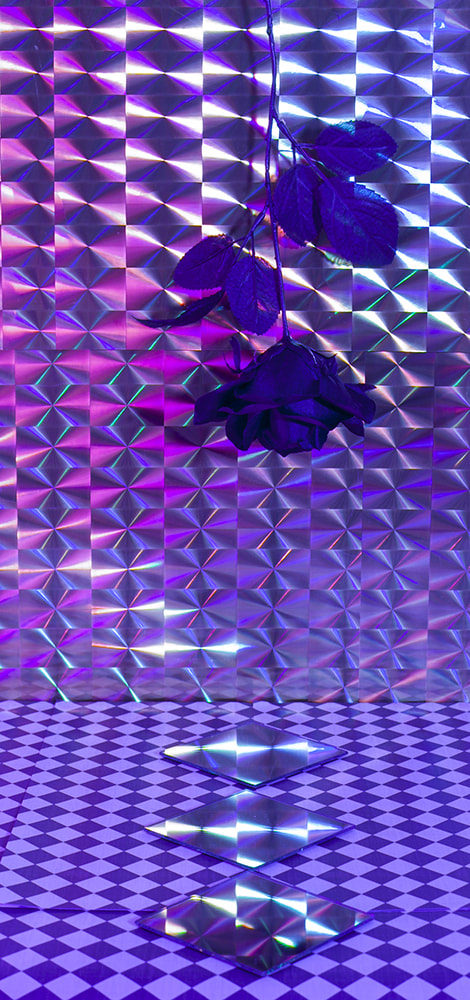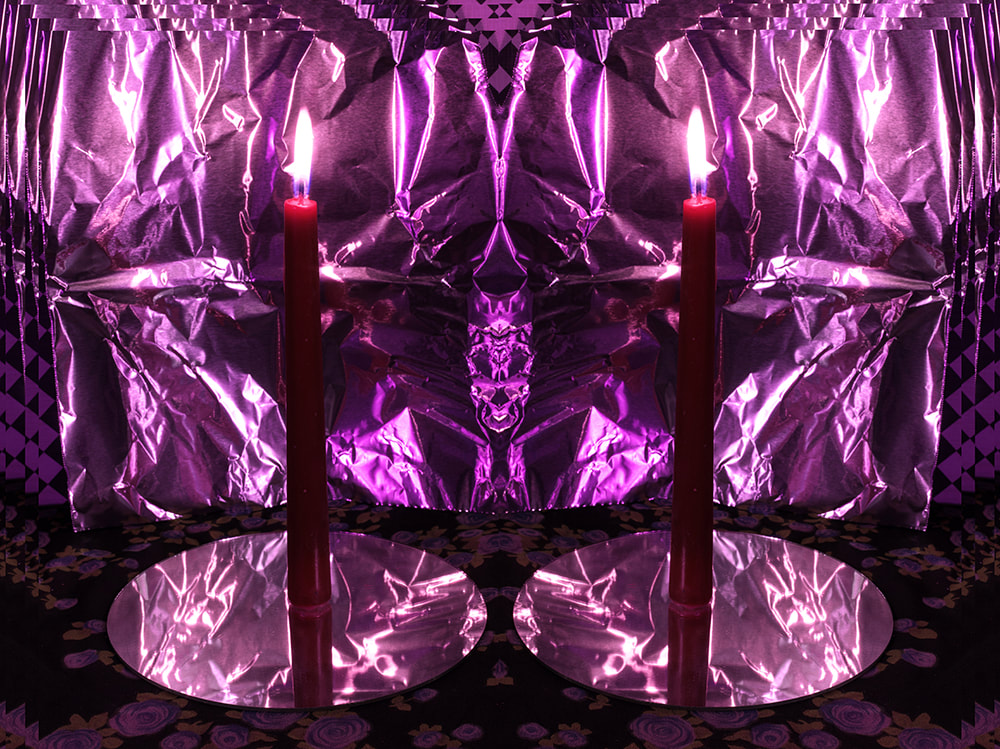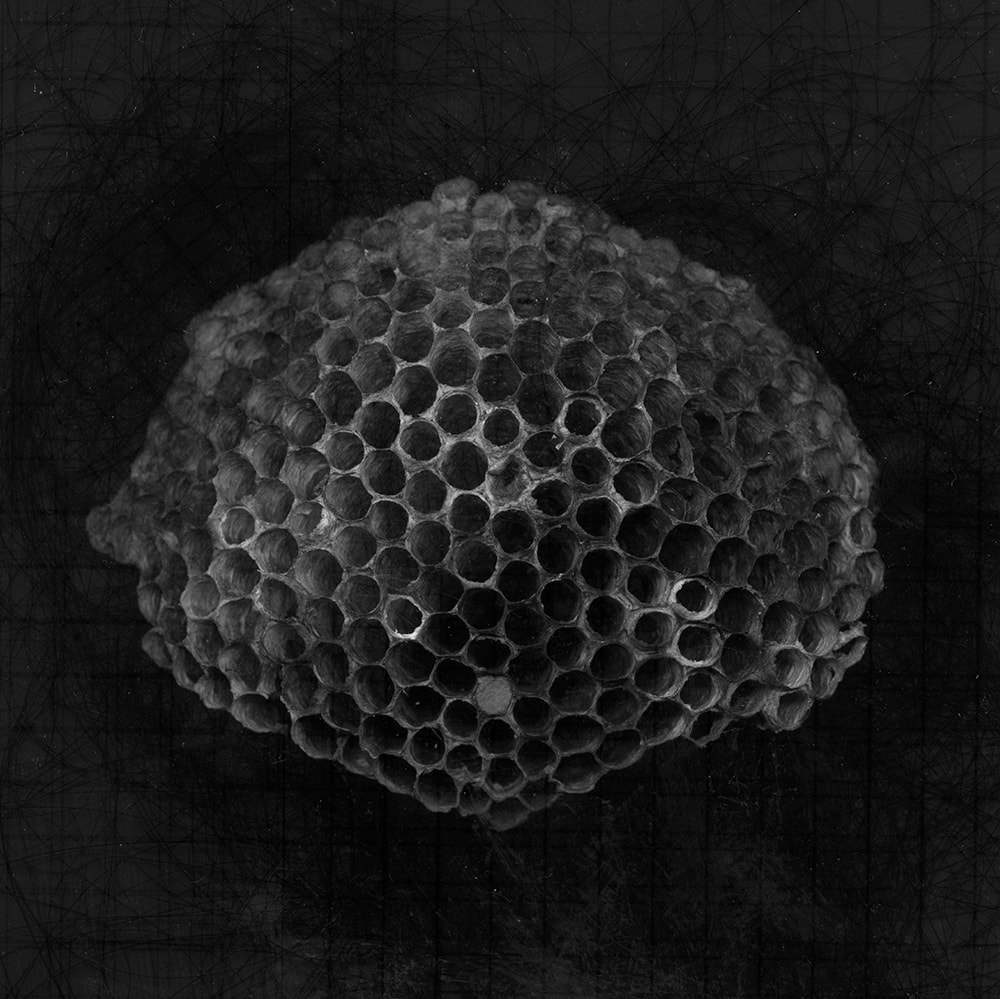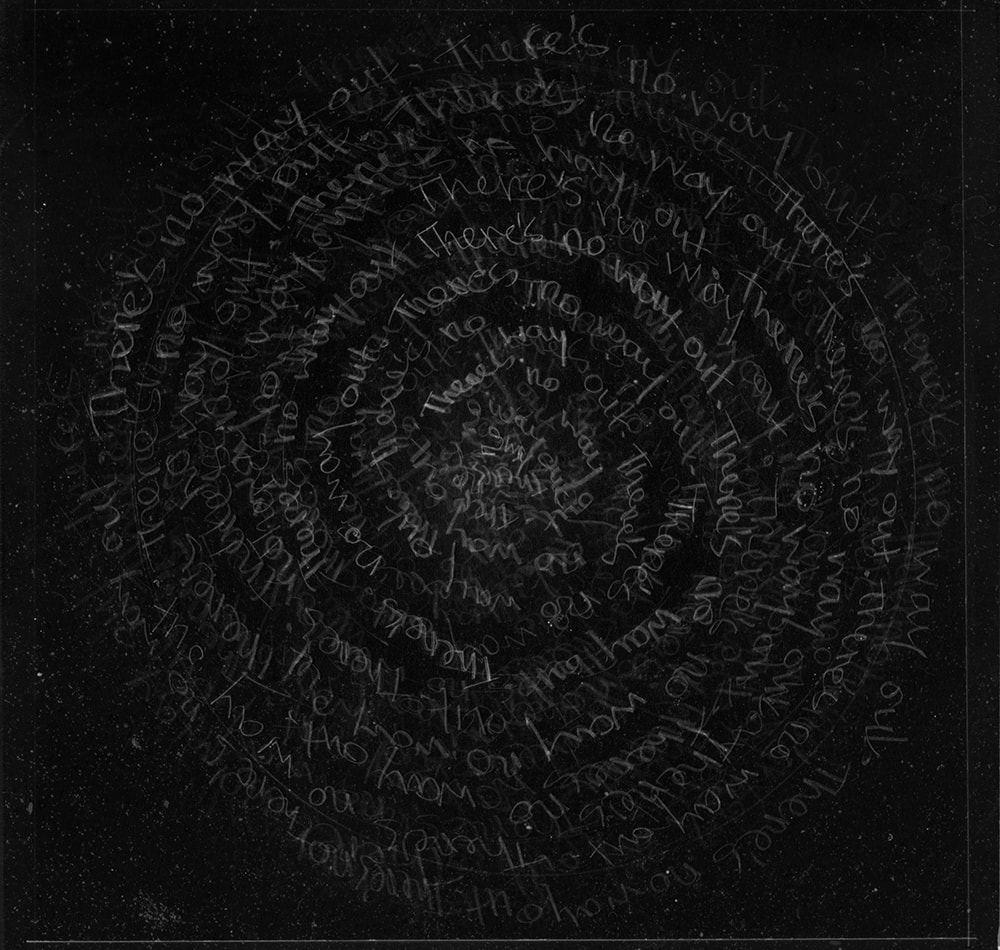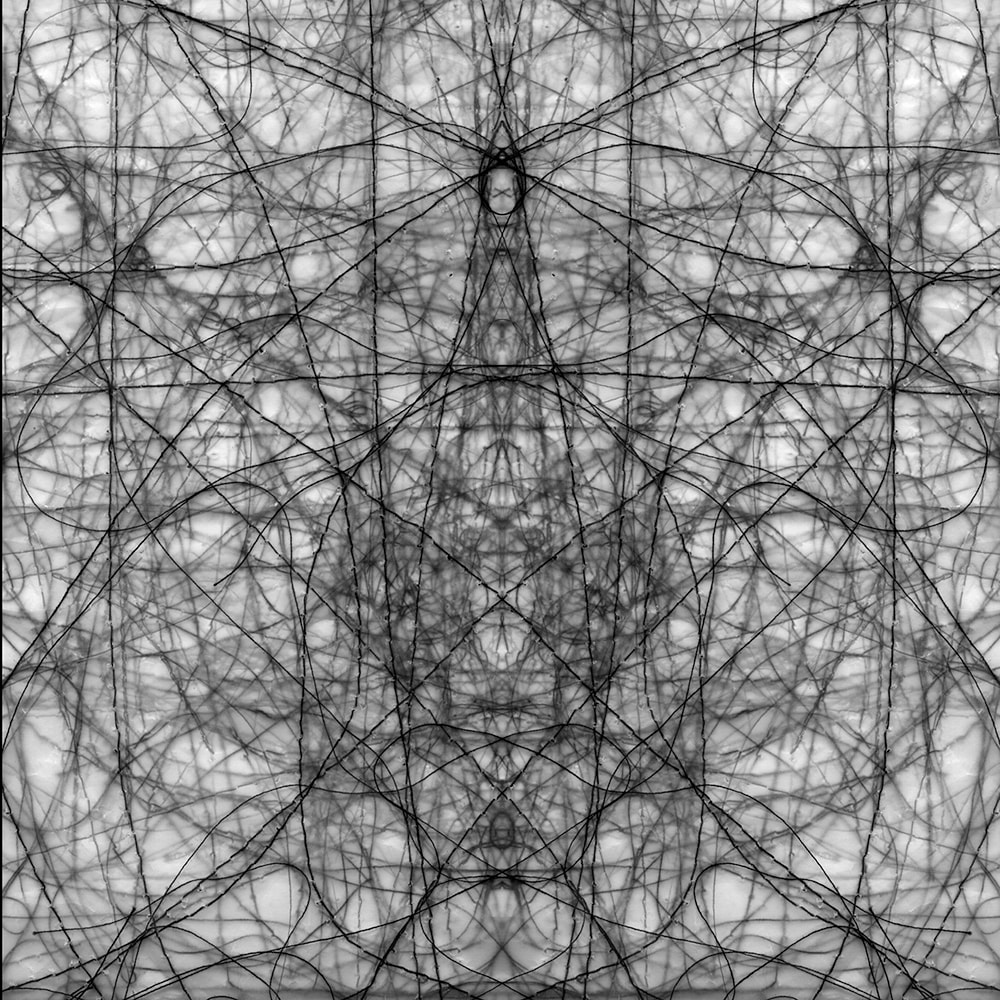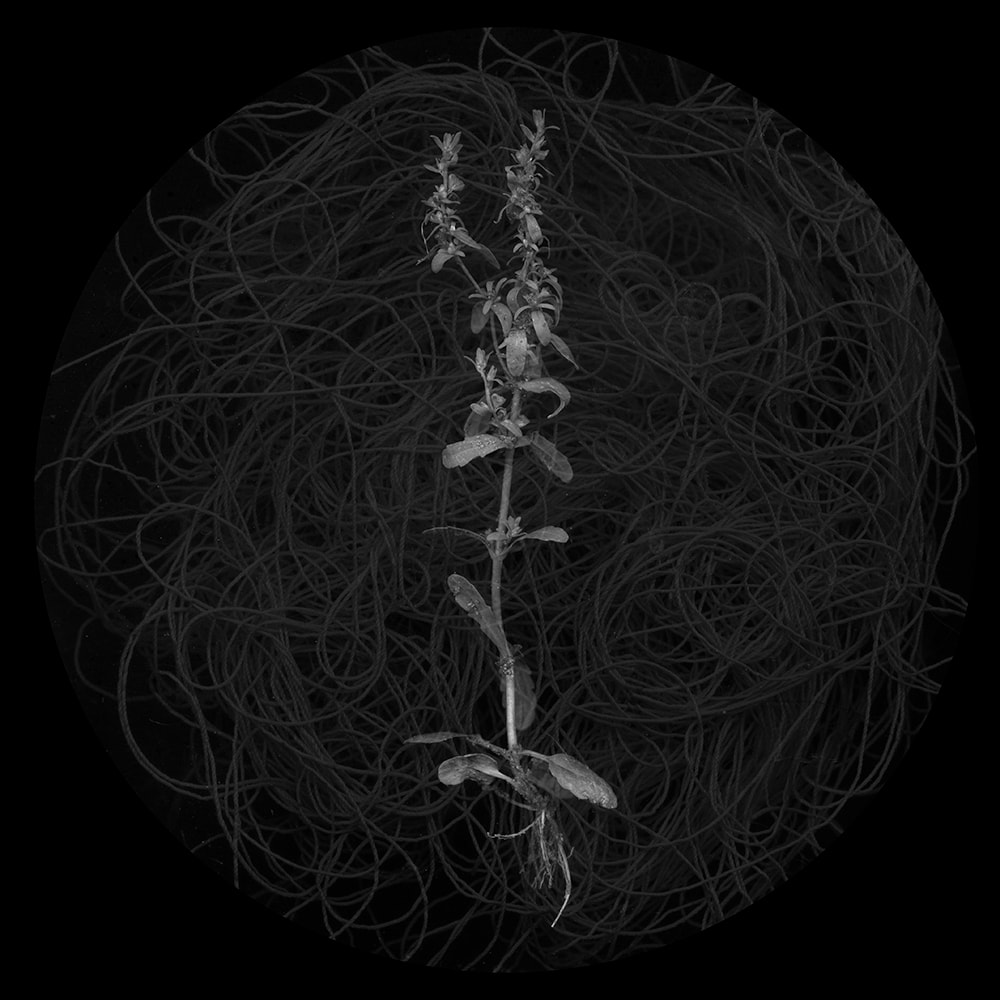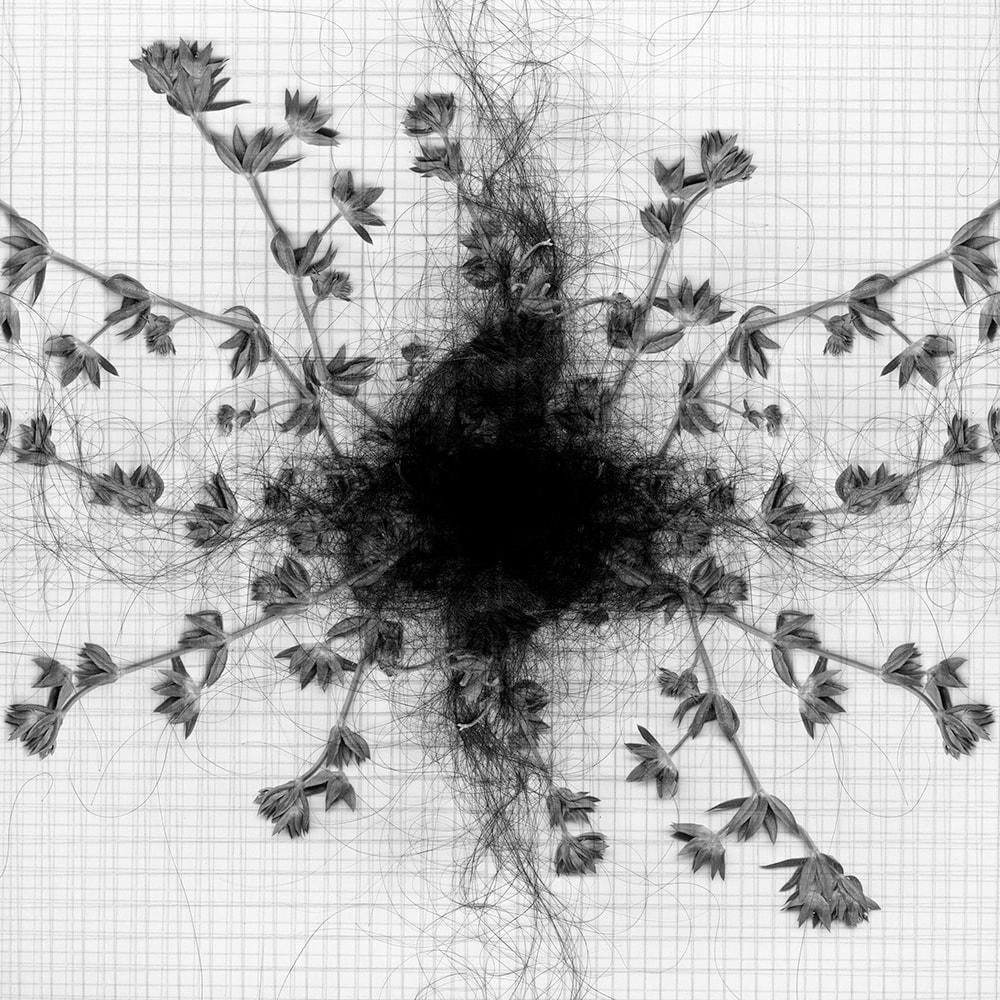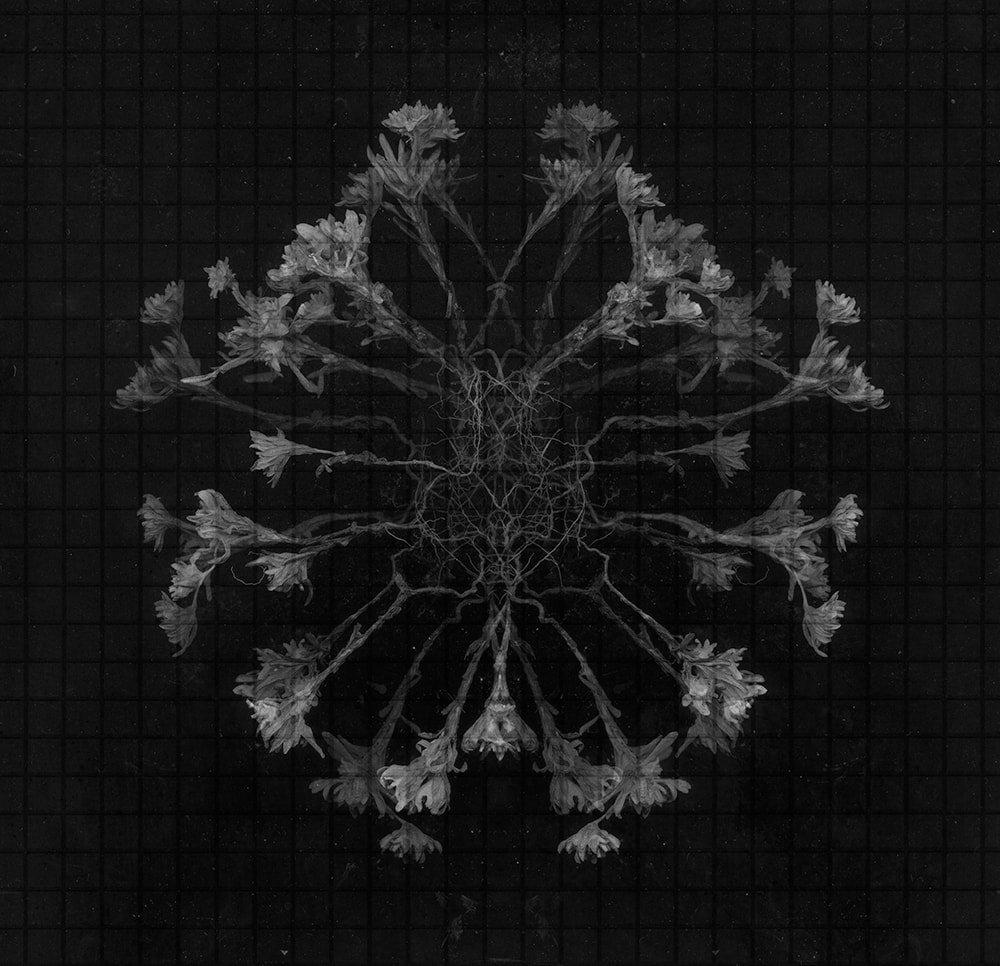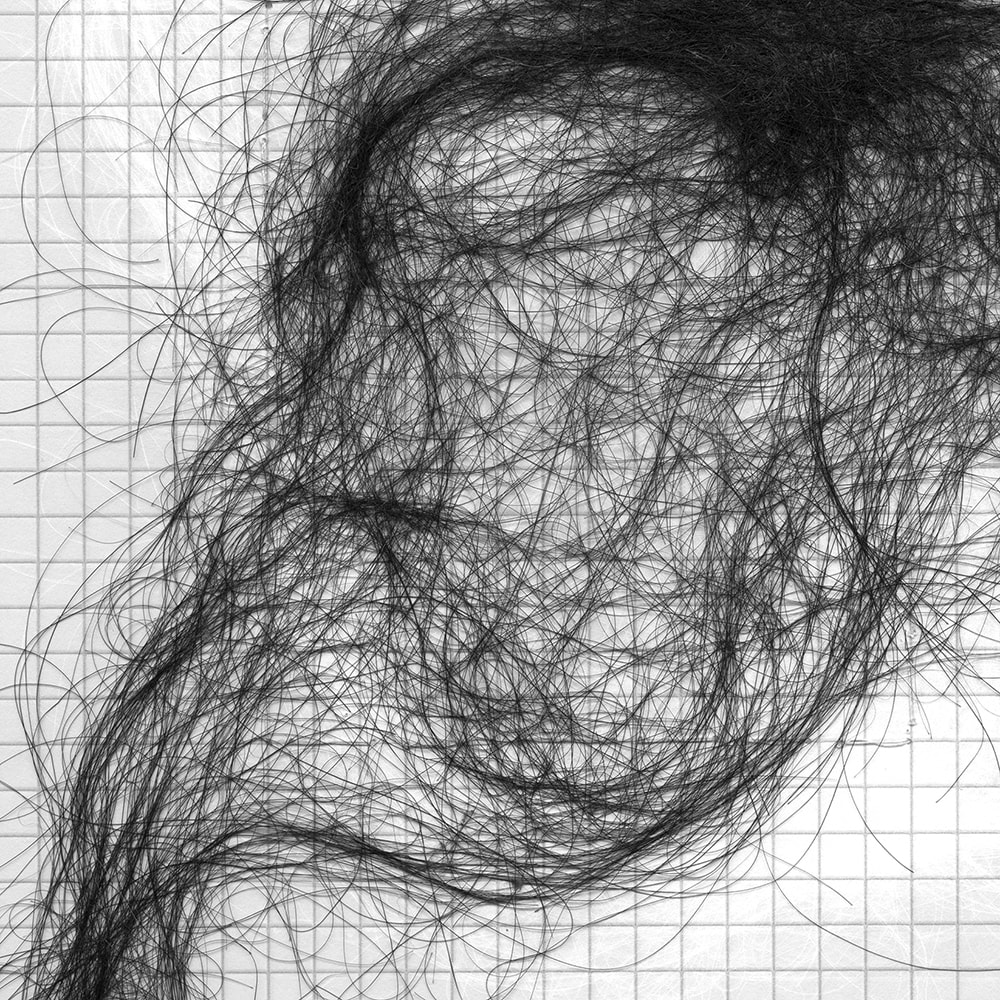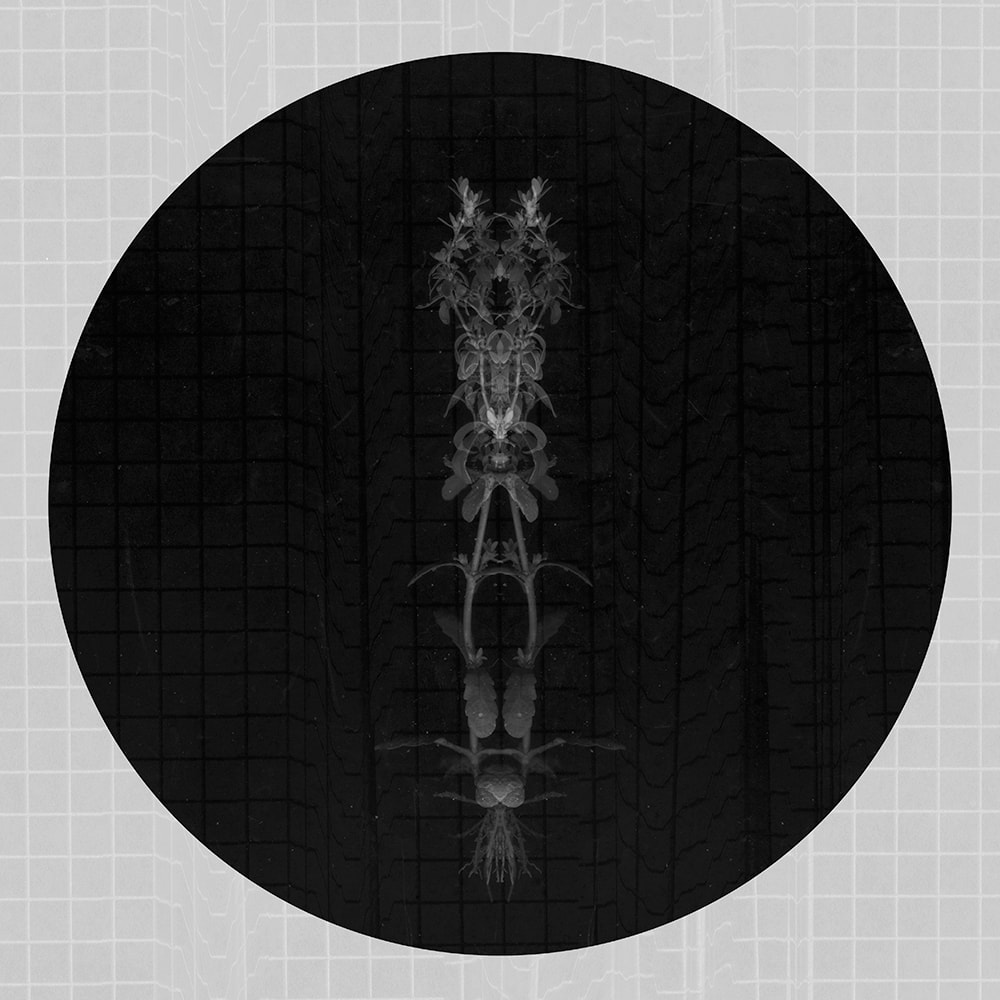Ashley Whitt is a fine art photographer whose work deals with themes of duality within the self, psychological states, and mortality. She uses a variety of photographic techniques including dass transfers, digital manipulation, sculptural bookmaking, and traditional darkroom processes. Ashley is a Texas native and currently resides in Dallas where she serves as a full-time Lecturer at Texas Christian University.
Ashley received her MFA in Photography from Texas Woman's University, and BFA from UT Arlington. Recently Ashley’s series, The Haunted Mind, has been featured in several publications including The Hand Magazine and Fragmentary. Her work has been shown in solo and group exhibitions at galleries including Kirk Hopper Fine Art (Texas), Photosynthesis Gallery (Connecticut), and Photoplace Gallery (Vermont). Her work has been shown locally, nationally, and internationally including Texas, Vermont, California, Connecticut, China, and India.
Artist Statement: “Studies of the Absurd”
Studies of the Absurd is a series of photographic still lives inspired by the Surrealists of the 1930s and 1940s. The process for this project stems from a Surrealist game. I wrote down random objects and techniques on slips of paper and placed them in a bowl. For each image, I selected three slips of paper that I had to incorporate into the still life. This process allows me (and the viewers) to tap into the subconscious mind through its essential nature of play and chance. The resulting images are a commentary on nonsense and the irrational, which are echoed in the news and everyday life.
Artist Statement: “An Ordered Chaos"
An Ordered Chaos explores the dichotomy between order and chaos within the universe and within the self. Using a flatbed scanner as a camera, surreal environments are created using objects such as hair, thread, plants, and grid paper. These objects serve symbols for order and chaos within each constructed image.
Tension and harmony between order and chaos exist within the self and the cosmos. The order of the solar systems versus the exploding of stars; the order of scheduling your day versus the chaos of traumatic events or depression. Eventually some scientists believe the universe will become dark and empty as the last stars die, before returning to chaos. Much like the feeling of the darkness of depression that can empty the self before the chaos of confronting an issue. An Ordered Chaos considers this correlation between the inner self and outer space as well as our desires to control and make sense of life.
Ashley Kauschinger: Your work is often surreal and constructs a space seemingly outside our physical world. What are your thoughts behind this idiosyncratic style? How has it evolved throughout your working process?
Ashley Whitt: Once I realized that photography did not always portray the truth (which was very early in my photographic education), I wanted to tell as many untruths or fabricated truths that I could. I’m not as interested in making a found image, or a documentary image as I am interested in the possibility of creating in front of the camera. My favorite way of making a camera-based image is to create a set and photograph it. The amount of control I have over the set—- the background, the props, the figure (which is almost always myself, so I have total control over the model as well) is very important to my working methodology. My process has evolved over the years to reflect my life experiences. Death, depression, and anxiety have been part of my life for over a decade, and those themes influence my work. As I was first defining myself as an artist, I also lived through the loss of my mother and the havoc it wreaked on our family in the coming years. When I began making art, it was inspired by literature, but it quickly shifted to an exploration of the psyche. I have searched for answers to existential questions, confronted my own subconscious, and tried to find an inner peace that seems to not exist. The anxiety within myself is echoed through my work; I cannot separate the two. My work will continue to evolve throughout my journey of being an artist, but where the path takes me is yet to be determined.
AK: What are some of your inspirations?
AW: I draw inspiration from literature, movies, television, and other artists. I’ve been reading books by theoretical physicists Lawrence Krauss and Stephen Hawking for the past year. I’m interested in alternate universes, and the possibility that they might actually exist. I desire to live in an alternate universe some days, wondering what it might be like to be the same person in an alternate plane of existence. I am also drawn to surreal and sinister movies and TV. Stranger Things, Twin Peaks, Orphan Black, The Twilight Zone, and Black Mirror are a few TV shows that I draw inspiration from. I am obsessed with horror/suspense movies, and I love Alfred Hitchcock movies as well. There are so many I could list: Rosemary’s Baby, The Amityville Horror, The Omen, The Shining, Suspiria, Halloween, A Tale of Two Sisters, Blue Velvet, Psycho, The Birds, Rebecca, and Vertigo. A few artists who inspire me are Man Ray, Francesca Woodman, Cornelia Hediger, Laurence Demaison, Zeke Berman, and Lucas Samaras. My aesthetic draws from darkness, nightmares, tragedy, and psychological states which is echoed in what/who inspires me.
AK: This month’s theme is the subconscious. How role does the subconscious and experimentation play in your work? What suggestions do you have for artists to bring more experimentation into their process?
AW: I learned about Carl Jung and the Collective Unconscious, the conscious mind, and the subconscious mind in my 9th grade Honor’s English class (shout out to Ms. Gunn, who changed my life)! I felt an instant connection to those readings and the idea that there was a collective experience of humankind. This carried with me throughout my young adult life and through college, and continues to inspire my work to this day. What most interested me about Carl Jung’s work is the discussion of archetypes and symbols. I consider the objects and symbols within my work, and how the viewer could connect to something that I also have a connection to. My suggestions for artists who are trying to bring more experimentation in their working methodology is to give yourself parameters to experiment within. I began experimenting with scanograms last year and limited myself to using the scanogram process to scan organic materials, patterns, and handwritten text. I limited what process I used and the types of materials I made the images with, which gave me some structure while also allowing for many variations.
AK: You are one of the most hard working and prolific artists (and educators) that I know. I often follow your work, exhibitions, courses, etc and think HOW DOES SHE DO IT! To me, you epitomize the hard working artist. Do you have any advice for other artist and educators out there on how to keep being productive with your art when you are working full time?
AW: First of all, thank you for all of those kind words! High-functioning anxiety is my secret. Ha. Since I was a child, I have felt an internal drive to be productive. It’s a competition with myself—- I want to be better than I was last week, last month, last year. I regularly review my CV and try to make every year a more successful year than the previous one. I make lists of shows/galleries/publications I want to get into. I research those places, and then I figure out how I can make those goals a reality. I applied to several galleries multiple years in a row and I think they saw that I was serious about showing there and that I continued to make work. Maybe that’s what got me into that space. I think persistence is an important quality to have. When I turned 30, I had a slight existential crisis which led me to apply to over 200 shows/publications within 2 months. Out of 200 applications, I got into 6 shows and 3 publications. It’s the anxiety that motivates me to constantly push myself further. Being a professor and artist can be a lot to manage, but balance is key. During the semester, my students and class preparation take priority. But part of being a great professor, is being an example for my students. In my classes, I regularly discuss the balance it takes to manage life as an artist. As for my studio practice, I carve out time for my own work during the semester in between teaching and grading and on the weekends. Winter and summer break are especially productive, because I have more time to focus on my own practice. My advice to fellow artists: make goals and hold yourself accountable, check your goals regularly, surround yourself with inspiration and people who motivate and inspire you, and most importantly: ALWAYS TRY YOUR BEST.
AK: You are also the juror of this month’s exhibition. What was going through your mind while making your selections? What are you drawn to when looking at other artist’s work?
AW: When viewing the images for the Subconscious Exhibition, I was drawn to mysterious qualities or elements that made me question the reality within the image. I gravitate toward fabricated and manipulated photographs. The images by Leah Gose were especially intriguing to me in the treatment of the photograph as an object. I love the way that the images are torn and layered over one another to create a new space and the duplication/repetition of some of the objects in the frame. I was also drawn to the mark making seen in Michele Poindexter’s images. The blacking out of text in unison with the scangrams created a visual poem with many layers of meaning. Another artist who stood out to me was Keri Cronan. I loved the dramatic and artificial color casts paired with the natural landscape.
